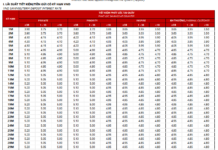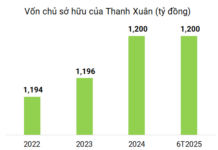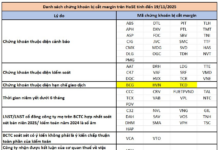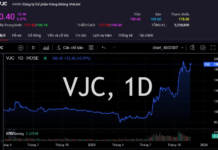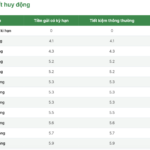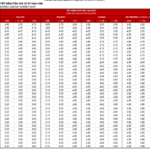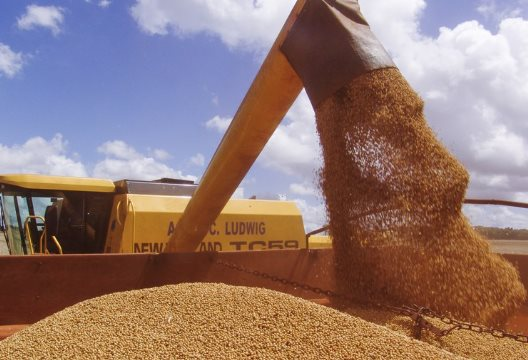
Illustrative Image
U.S. corn exports are projected to hit a new record in the 2025/26 marketing year, driven by shifts in crop planting patterns and surging international demand.
The U.S. Department of Agriculture (USDA) forecasted in its September report that corn exports would surpass 2.97 billion bushels (equivalent to 75.5 million metric tons), a 100 million bushel increase from the previous month’s estimate and exceeding the prior record of 2.83 billion bushels.
As of September 18, the USDA reported that the U.S. had secured export contracts for over 20 million metric tons of corn. Mexico, Colombia, and other Western Hemisphere nations accounted for approximately half of these contracts, while Japan, South Korea, and other Asian markets represented around 20%.
Experts highlight a growing trend in South Korea and Southeast Asia, where corn is increasingly replacing wheat as the primary feedstock in animal feed due to its cost advantages. Additionally, rising demand for corn in ethanol production is further bolstering export prospects.
Record-high corn acreage, spurred by U.S. farmers shifting from soybeans to corn amid U.S.-China trade tensions, has ensured ample supply. However, China’s corn imports represent only a minor share of total U.S. exports.
Export prospects are also supported by reduced supply from Brazil, the world’s third-largest corn producer. Despite an expected harvest of 131 million metric tons, domestic demand has surged following Brazil’s decision to increase ethanol blending in gasoline from 27% to 30%. Higher domestic corn prices have led Brazilian farmers to prioritize the local market, reducing export volumes.
Chicago Board of Trade corn futures have declined from $5 per bushel in spring to below $4 in mid-September, currently hovering near $4. Analysts predict prices will remain subdued in the near term.
Trade commitments from countries like Japan and Vietnam, made during negotiations with the Trump administration to increase purchases of U.S. agricultural products, are also expected to boost corn exports.
However, analysts caution that the outlook carries risks, as oversupply could pressure markets if demand fails to keep pace, maintaining a cautious tone in the global corn trade.
Source: Nikkei
The Flood of Affordable Goods: Laos’ Tons of Produce Enters Vietnam, a Top 30 Agricultural Powerhouse
In the first seven months of the year, Vietnam spent over 1.4 billion USD on imports of this particular commodity.








